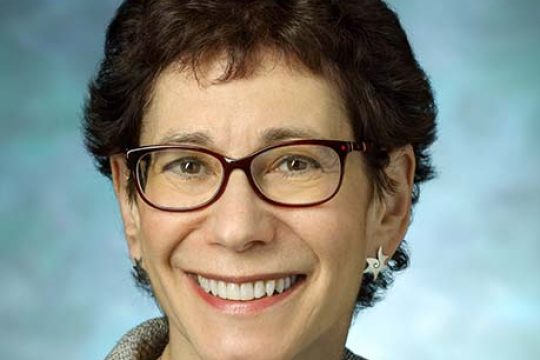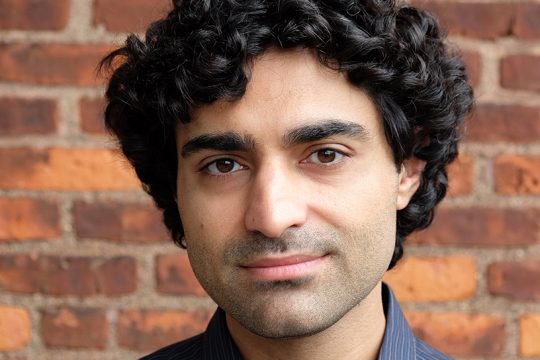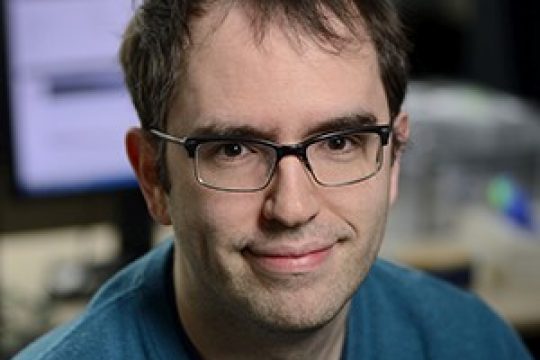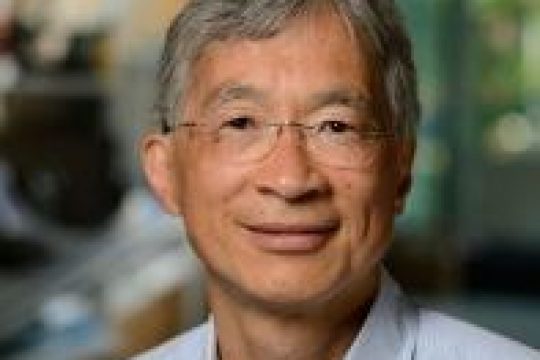Protein function is dynamically regulated in the cell by reversible posttranslational modifications. We are interested in the mechanism by which chromatin modifications regulate transcription, nucleosome dynamics and the response to DNA damage. A particular focus is on the non-degradative...
What are cellular and molecular mechanisms that control tissue regeneration in vivo? Stem cells ensure tissue renewal in most adult tissues, and their activities are under the precise control of signals from specific local microenvironments, or niches. The ability...
Our research seeks to better understand dynamical biological processes, such as embryonic development and brain activity, by recording cells’ experiences in their genomes. To accomplish this objective, we develop: (A) molecular technologies that write cellular experiences into their nucleic...
My lab’s focus is on the development and application of sequencing technologies to gain a deeper understanding of biology and a more accurate set of clinical tools for human disease. Our research integrates the principles of biophysics, molecular biology,...





